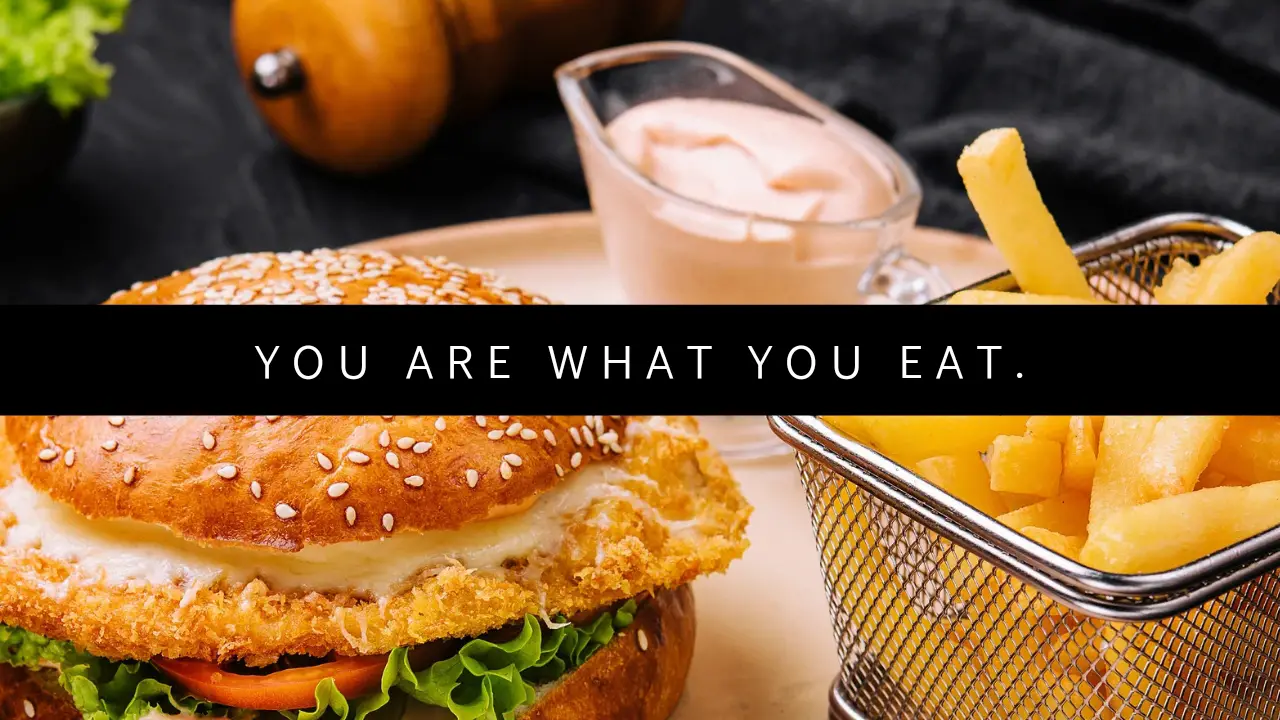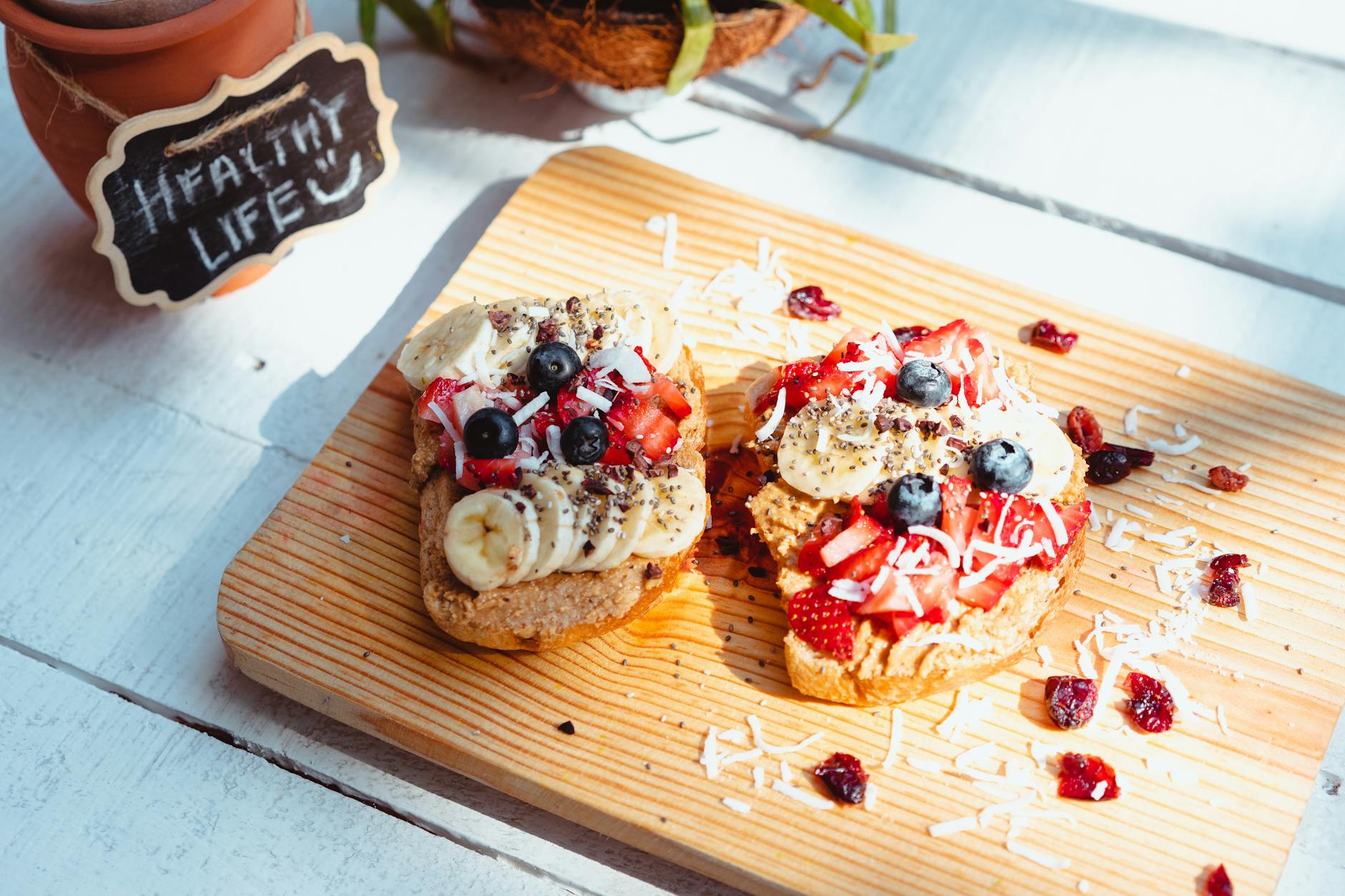The advice for diabetics to choose whole grain foods like brown bread, brown rice, and brown ugali (a traditional Kenyan dish) over their refined counterparts like white bread, white rice, and white ugali is rooted in their lower glycemic index (GI) and higher fiber content.
Whole grain foods, like brown bread, contain the entire grain kernel, which includes the bran, germ, and endosperm. This means they have more fiber, vitamins, and minerals compared to refined grains, where the bran and germ are removed during processing.
Foods with a lower GI are digested more slowly, leading to a gradual increase in blood sugar levels compared to high GI foods, which can cause rapid spikes. For diabetics, managing blood sugar levels is crucial, so choosing whole grain options can help in this regard.
What is the difference between brown bread and white bread?
Brown bread, being less processed and retaining more of its natural fiber and minerals, generally has a lower glycemic index compared to white bread. The higher fiber content in brown bread slows down digestion, which helps prevent sudden spikes in blood glucose levels, making it a preferred choice for individuals, especially those with diabetes.
Conversely, white bread undergoes more processing, which removes much of the dietary fiber and minerals present in the wheat kernel, resulting in a higher glycemic index. This means that white bread can cause blood sugar levels to rise more rapidly after consumption, which is why it’s typically less preferred, especially for those looking to manage their blood sugar levels effectively.
By understanding these differences, individuals can make informed choices about their bread consumption, opting for whole grain options like brown bread more often to support better blood sugar control and overall health.
How many slices of bread should you eat?
Portion control is crucial when managing blood glucose levels, regardless of whether you’re consuming brown or white bread. While whole grain options like brown bread offer more fiber and nutrients, they still contain carbohydrates that can impact blood sugar levels.
Moderation is key. Consuming an appropriate portion size, such as two slices of medium-sized bread, can help keep blood glucose levels stable. Eating more than necessary, especially if it’s white bread with its potentially higher glycemic index, can lead to spikes in blood sugar levels, which can be detrimental, especially for individuals with diabetes.
Balancing carbohydrate intake with other nutrients and incorporating a variety of foods into meals can also contribute to better blood sugar control and overall health. So, being mindful of portion sizes and making informed choices about carbohydrate consumption are important aspects of managing diabetes and promoting well-being.
Should you apply peanut butter, jams, or honey to your bread?
For individuals with diabetes who are also at increased risk of cardiovascular diseases such as heart disease and high blood pressure, it’s important to consider not only the impact of carbohydrates on blood sugar levels but also the overall nutritional quality of the foods consumed.
Sweet and fatty spreads, like those containing high amounts of sugar and saturated fats, can indeed contribute to elevated blood glucose levels and increase the risk of cardiovascular complications. Limiting the intake of such spreads is advisable for better diabetes management and overall heart health.
Opting for healthier protein options, such as lean meats, poultry, fish, tofu, or legumes, alongside whole grain bread can provide a more balanced and nutritious meal. These protein sources offer essential nutrients and are lower in saturated fats, making them better choices for individuals with diabetes and those aiming to reduce their risk of cardiovascular diseases.
Additionally, incorporating other nutrient-dense foods like vegetables and fruits can further enhance the nutritional value of meals while providing essential vitamins, minerals, and fiber.
Aside from bread, what are other healthy breakfast options
There’s a wide array of healthy breakfast options that individuals with diabetes can enjoy without worrying about raising their blood glucose levels too much. Here are some examples:
- Non-flavored Smoothies: Made with ingredients like leafy greens, berries, and a source of protein like Greek yogurt or tofu, smoothies can be a nutritious and satisfying breakfast option.
- Oatmeal or Porridge: Opting for plain oats or porridge made with water or unsweetened milk and topped with fresh fruit, nuts, or seeds can provide a hearty and fiber-rich breakfast that helps stabilize blood sugar levels.
- Milk: Low-fat or non-fat milk is a good source of protein and calcium and can be paired with whole grain toast or cereal for a balanced breakfast.
- Pancakes: Whole grain or oat flour pancakes made with minimal added sugar and topped with fresh fruit or a small amount of pure maple syrup can be a tasty breakfast choice.
- Eggs: Eggs are a great source of protein and can be prepared in various ways, such as boiled, scrambled, or poached, to create a satisfying breakfast that helps control blood sugar levels.
- Cassava and Potatoes: These starchy vegetables can be part of a balanced breakfast when consumed in moderation and paired with protein and fiber-rich foods like eggs or vegetables.
Can you take bread as a snack option?
Portion control remains important, even when it comes to using bread as a snack option for individuals with diabetes. Here are some healthy snack ideas incorporating bread while keeping portion sizes in mind:
- Open-Faced Sandwich: Opt for one slice of whole grain bread topped with lean protein like turkey or chicken breast, along with plenty of vegetables like lettuce, tomato, and cucumber. This provides a balanced snack with fiber, protein, and vitamins.
- Whole Grain Crackers : Enjoy a few whole grain crackers with a small portion of hummus for a satisfying snack that combines carbohydrates, protein, and healthy fats.
- Toast with Nut Butter: Choose one slice of whole grain bread toasted and spread with a thin layer of nut butter (such as almond or peanut butter). This provides a combination of carbohydrates, protein, and healthy fats.
- Bread with Avocado: Top one slice of whole grain bread with mashed avocado and a sprinkle of salt and pepper for a nutritious snack rich in fiber and heart-healthy fats.
- Vegetable Sandwich Roll-Ups: Use a whole grain tortilla or flatbread to wrap up a variety of sliced vegetables like bell peppers, carrots, and cucumber along with some lean protein like turkey or tofu.
- Greek Yogurt Toast: Spread one slice of whole grain bread with Greek yogurt and top with sliced fruit like berries or banana for a snack that’s rich in protein, fiber, and vitamins.
Discover more from Simple Nutrition
Subscribe to get the latest posts sent to your email.


